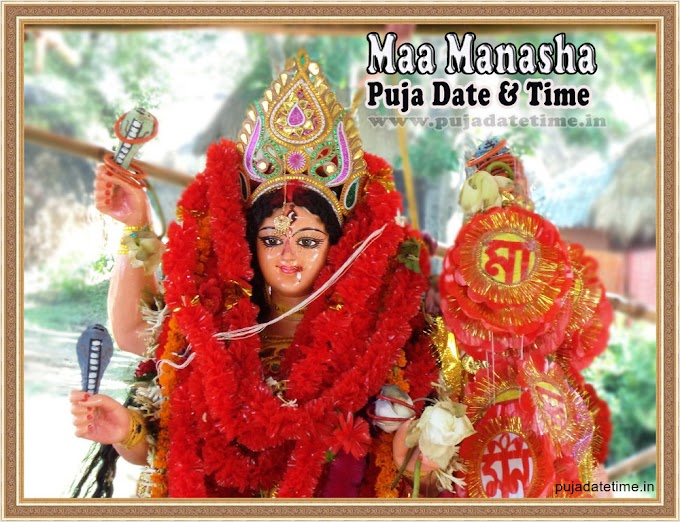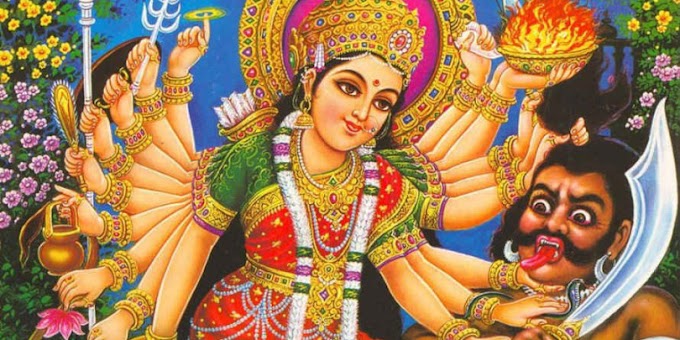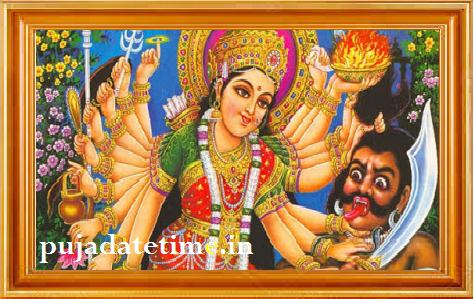In this blog post, we will discuss the history, traditions, and significance of Baisakhi, and delve into its cultural and religious relevance. We will also explore how Baisakhi is celebrated across different regions of India, and the various rituals and customs that are associated with this festival.History and
Significance of Baisakhi
Baisakhi has a rich history that dates back to the 16th century when the first Sikh guru, Guru Nanak, founded the Sikh religion. The word "Baisakhi" is derived from the Sanskrit word "Vaisakha," which is also the name of the second month in the Hindu calendar. This festival marks the end of the harvest season in Punjab and the beginning of the new solar year. It is a time of thanksgiving, and people offer prayers to God for a good harvest and prosperity in the coming year.
The significance of Baisakhi lies in the fact that it celebrates the birth of the Khalsa Panth, a community of warriors who were formed to protect the Sikh faith and defend the oppressed. Guru Gobind Singh, the tenth guru of the Sikhs, founded the Khalsa Panth in 1699, and Baisakhi is celebrated on the day that he initiated the first five members of the community, known as the "Panj Pyaras."
Baisakhi is celebrated with great fervor and enthusiasm across different regions of India, and its customs and rituals vary from place to place. In Punjab, people start their day by taking a dip in the holy river Ganga or other rivers, to purify themselves. They then visit gurdwaras, which are Sikh places of worship, to offer prayers and seek blessings.
One of the most significant customs associated with Baisakhi is the colorful processions that take place in various cities and towns. People dress up in traditional attire and dance to the beats of dhol, a Punjabi drum. The procession is led by the Panj Pyaras, who carry the Sikh flag and the sacred book, Guru Granth Sahib. This is followed by singing of hymns and distribution of sweets and prasad.
Another important aspect of Baisakhi is the langar, a communal meal served in gurdwaras, where everyone, regardless of their caste, creed, or religion, is welcome to partake. The langar is a symbol of equality and brotherhood in Sikhism. It is usually prepared by volunteers and includes vegetarian food like dal, roti, and sabzi.
In some parts of India, like West Bengal and Assam, Baisakhi is celebrated as the beginning of the new year. People clean their homes and decorate them with fresh flowers and rangolis. They wear new clothes and exchange sweets and gifts with family and friends.
The significance of Baisakhi lies in the fact that it celebrates the birth of the Khalsa Panth, a community of warriors who were formed to protect the Sikh faith and defend the oppressed. Guru Gobind Singh, the tenth guru of the Sikhs, founded the Khalsa Panth in 1699, and Baisakhi is celebrated on the day that he initiated the first five members of the community, known as the "Panj Pyaras."
Traditions and Customs of Baisakhi
Baisakhi is celebrated with great fervor and enthusiasm across different regions of India, and its customs and rituals vary from place to place. In Punjab, people start their day by taking a dip in the holy river Ganga or other rivers, to purify themselves. They then visit gurdwaras, which are Sikh places of worship, to offer prayers and seek blessings.
One of the most significant customs associated with Baisakhi is the colorful processions that take place in various cities and towns. People dress up in traditional attire and dance to the beats of dhol, a Punjabi drum. The procession is led by the Panj Pyaras, who carry the Sikh flag and the sacred book, Guru Granth Sahib. This is followed by singing of hymns and distribution of sweets and prasad.
Another important aspect of Baisakhi is the langar, a communal meal served in gurdwaras, where everyone, regardless of their caste, creed, or religion, is welcome to partake. The langar is a symbol of equality and brotherhood in Sikhism. It is usually prepared by volunteers and includes vegetarian food like dal, roti, and sabzi.
In some parts of India, like West Bengal and Assam, Baisakhi is celebrated as the beginning of the new year. People clean their homes and decorate them with fresh flowers and rangolis. They wear new clothes and exchange sweets and gifts with family and friends.
Baisakhi Celebrations Across India
Baisakhi is celebrated differently across different regions of India, reflecting the diversity of the country's culture and traditions. In Punjab, it is celebrated as a harvest festival, and people thank God for a good harvest and pray for prosperity in the upcoming season. Many fairs and markets are set up, showcasing the rich cultural heritage of Punjab. People indulge in traditional sports like Kabbadi, wrestling, and other games.
In the state of Haryana, Baisakhi is celebrated as a community fair or "mela," where traders from different parts of the country come to sell their wares. The festivities include folk dances, music, and feasting.
In West Bengal, Baisakhi is celebrated as "Poila Boishakh," which marks the beginning of the Bengali new year. People dress up in traditional attire and visit temples to offer prayers. They also exchange sweets and gifts with family and friends.
Baisakhi is one of India's most significant festivals, celebrated with great enthusiasm and zeal across different regions of the country. It is a time when people express gratitude for the bounties of nature and pray for a prosperous future. The festival holds great religious and cultural significance for the Sikh community, and its customs and traditions reflect the diversity of India's rich cultural heritage. We hope you enjoyed reading this article and gained insight into the history, traditions, and celebrations associated with Baisakhi.
In the state of Haryana, Baisakhi is celebrated as a community fair or "mela," where traders from different parts of the country come to sell their wares. The festivities include folk dances, music, and feasting.
In West Bengal, Baisakhi is celebrated as "Poila Boishakh," which marks the beginning of the Bengali new year. People dress up in traditional attire and visit temples to offer prayers. They also exchange sweets and gifts with family and friends.
Conclusion
Baisakhi is one of India's most significant festivals, celebrated with great enthusiasm and zeal across different regions of the country. It is a time when people express gratitude for the bounties of nature and pray for a prosperous future. The festival holds great religious and cultural significance for the Sikh community, and its customs and traditions reflect the diversity of India's rich cultural heritage. We hope you enjoyed reading this article and gained insight into the history, traditions, and celebrations associated with Baisakhi.




.jpg)





0 Comments